Technologies
Samsung’s New Flip Phone Highlights the Clamshell’s Comeback
The Galaxy Z Flip 5 shows that the flip phone has revived its main-character energy from yesteryear.
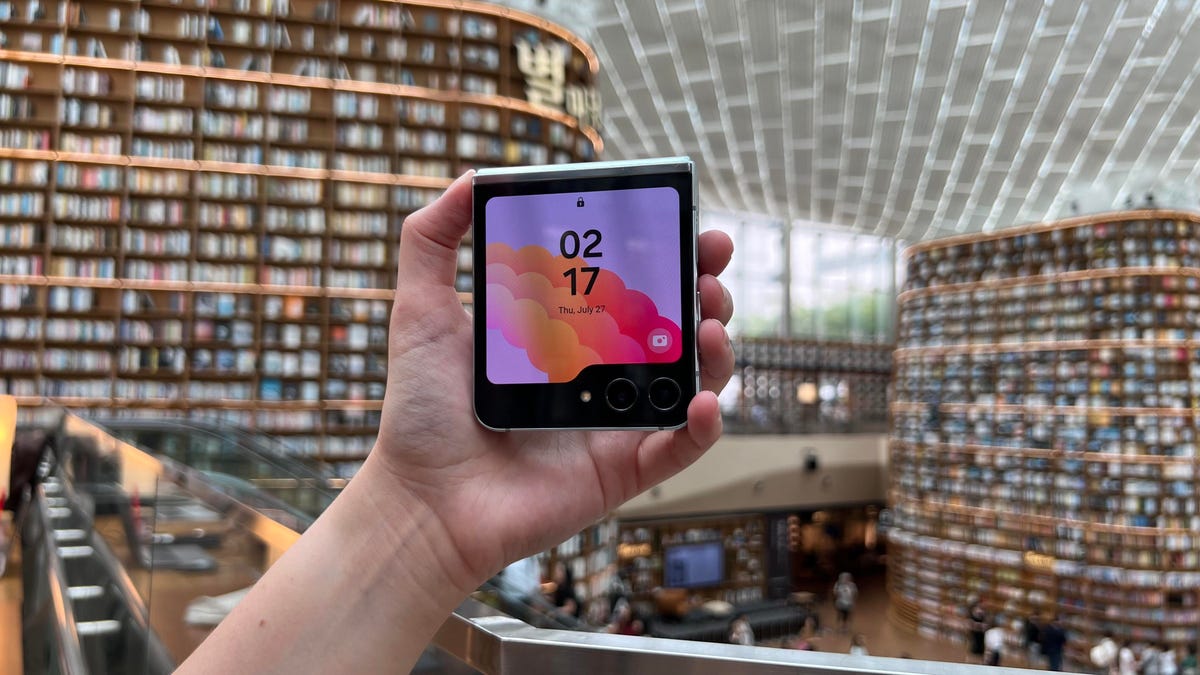
Before smartphones turned ubiquitous, flip phones were the consumer-tech status symbol. They had compact and cool designs and user-friendly features. And let’s be honest: It’s tough to beat the thrill of ending a call by snapping a phone shut.
Nowadays, the flip phone is back in vogue, albeit the «smart» kind, as old becomes new again.Just ask Euphoria star Sydney Sweeney, whom Samsung has tapped to drive that point home. In an ad for the company’s latest flip phone, the actress proclaims that her Galaxy Z Flip 5 is the «best accessory» for «how she looks and feels.»
In July, Samsung unveiled its latest wave of foldable phones at its Unpacked event, where the Galaxy Z Flip 5 was arguably the tech star of the show. Compared to the Galaxy Z Fold 5, it received major upgrades, including a redesigned hinge and a much larger cover screen. The addition of that larger external display, along with software upgrades, means you can do things like record audio, peruse your calendar or track the stock market without ever unfolding the Z Flip 5. Its predecessor, the Galaxy Z Flip 4 had a comparatively small cover screen that wasn’t nearly as versatile.
«Larger cover screens make these clamshells both more useful and more deliberate — sometimes you just want a piece of information without falling into a rabbit hole of app content, » Avi Greengart, analyst at Techsponential, told CNET over email.

Back in the spotlight, en route to the mainstream
But it isn’t just Samsung. In general, flip phones are undergoing a drastic transformation in comparison to their book-style counterparts like Samsung’s Galaxy Z Fold 5 and Google’s Pixel Fold. And much of that change is happening on the front screen.
Weeks before Unpacked, Motorola launched its Razr Plus, outfitted with a larger cover screen that raised the bar for flip phones everywhere. In late 2022, Oppo, a top Chinese phone maker, shook up the cover design of flip phones first by introducing a vertically oriented cover screen to its first-ever flip phone, the Find N2 Flip.
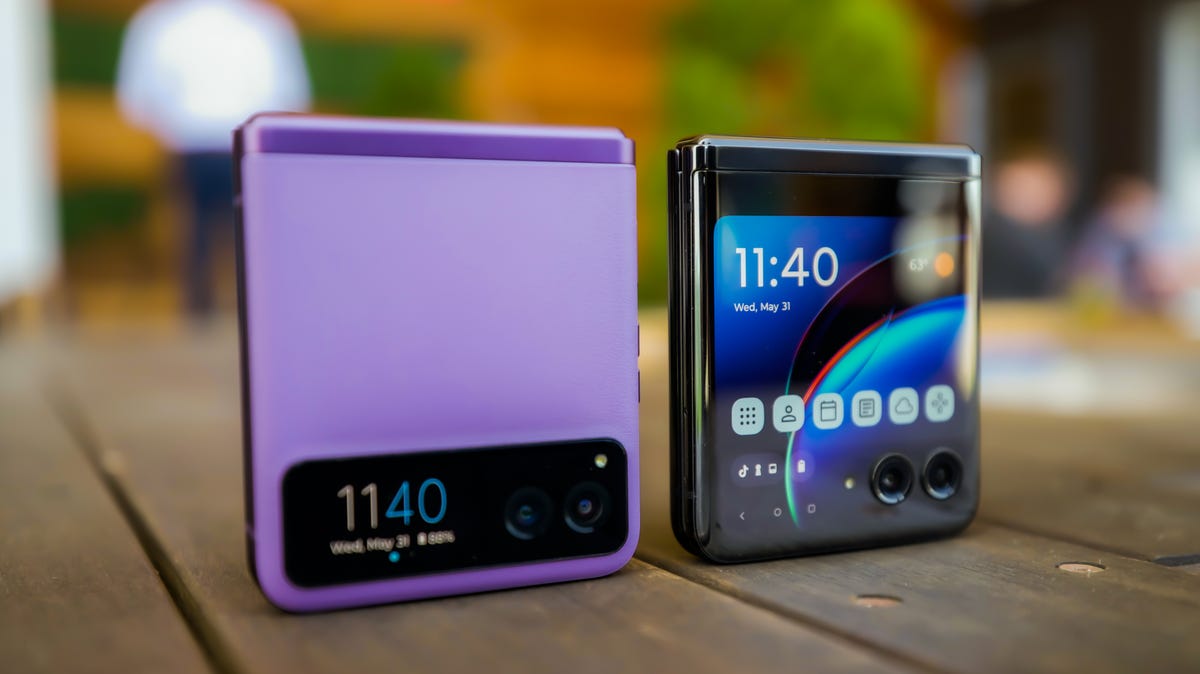
These new flippable cover screens seem to have hit a sweet spot: larger and more useful than a smartwatch, but smaller and less distracting than a normal phone screen. The previous generation of flip phones felt like a regular phone with a smartwatch on the front — convenient for cursory checks, but not much else.
«It’s the ‘be first or be better’ moment for the smartphone vendors,» said Will Wong, senior research manager at the International Data Corporation, a telecom market intelligence firm. «To win the foldable competition, the smartphone vendors will need to either be the first or create a more significant differentiation.»
Armed with bigger cover screens, flippables are poised to come back into the mainstream provided hurdles like durability are overcome. Either way, this latest wave of redesigns underscores how the flip phone is reclaiming its main-character energy more than ever before.
Take this anecdotal example: Oppo chose the Find N2 Flip as the product for its global foldable phone push, even though it had previously launched two book-style foldable phones in China. In fact, the Find N2 Flip is the crown jewel of Oppo’s global marketing blitz for its smartphone division, which involves sponsorships of elite sporting events including Wimbledon and the UEFA Champions League, which together attract a worldwide audience estimated in the hundreds of millions.
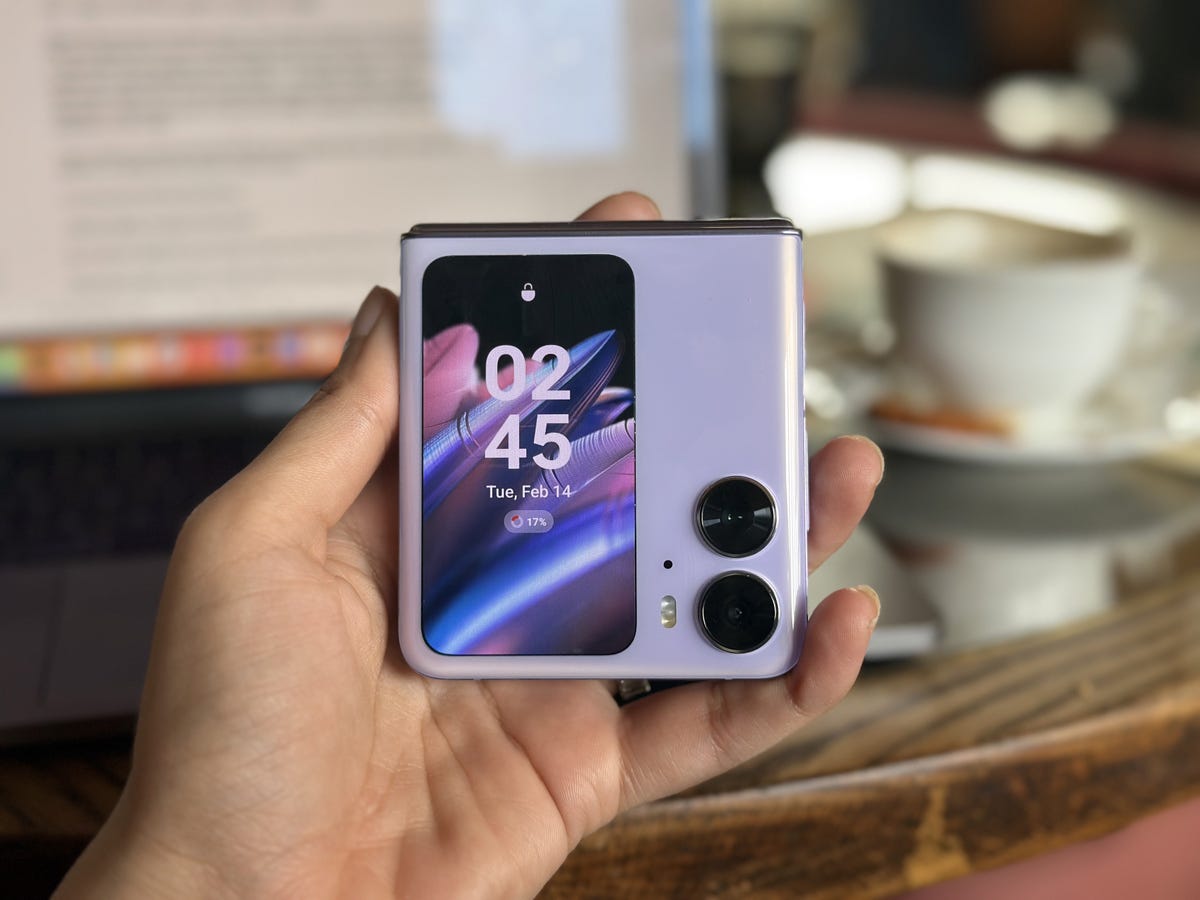
Read more: Oppo Is Using Elite Sports Events to Convince People to Buy Phones
It’s very possible that Oppo’s decision hinged on past sales performance of flip phones. Clamshell-style phones have accounted for more than 50% of foldable shipments from 2020 through to the first quarter of 2023, IDC told CNET in an email. This trend is unlikely to change, the research firm said, since the average selling price, or ASP, of a flip phone is generally lower than that of a book-style phone.
«By the first quarter of 2023, clamshell’s ASP was below US$1,000 and was around 60% of the book-style’s ASP,» Wong told CNET in July.
Though foldable phones still make up a small sliver of the broader smartphone market, sales of both book-style and flip phones are expected to balloon. IDC expects worldwide shipments of foldable phones to reach 21.4 million units in 2023. This represents an increase of more than 50% over the 14.2 million units shipped in 2022. By 2027, IDC expects foldable phones to capture 3.5% of overall market share, which translates to more than 48 million shipments.
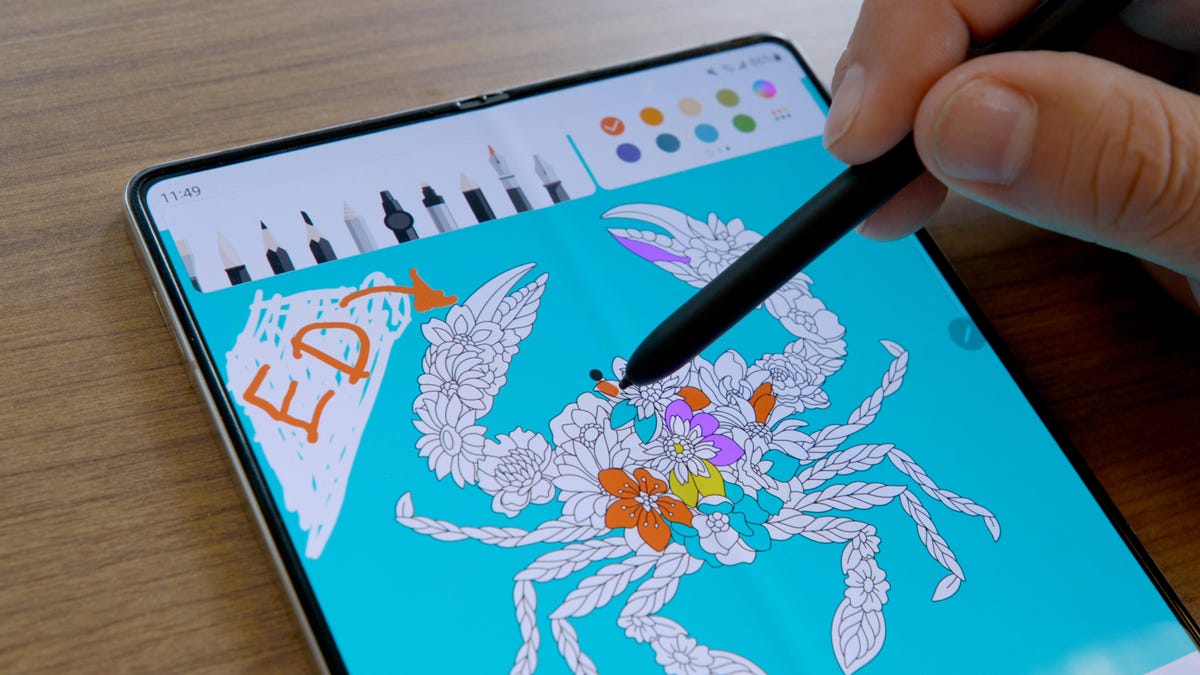
Refined, not redefined
Samsung announced the Galaxy Z Fold 5, its larger and more expensive foldable phone, alongside the Z Flip 5 at Unpacked. The book-style device is an improved version of last year’s Z Fold 4, with a different hinge. CNET’s Patrick Holland, who reviewed it, described the Z Fold 5 as a refinement rather than a redefinition. However, that essentially sums up the trend across the entire book-style foldable subcategory right now.
Though more players are entering the space, and with a range of designs, the transformation days for book-style foldables seem to be behind us. Sure, new entrants such as Google’s Pixel Fold and Honor’s Magic V2 are exciting and — in the case of the latter — impossibly thin. Book-style foldables may also be seen as being more technologically innovative than flip phones.
But they aren’t dramatically different from their predecessors right now, and that’s OK. In general, most phone makers have settled on the book-style design pioneered by Samsung in 2019 with its Galaxy Z Fold, meaning that device laid the foundation for the book-style foldable subcategory as we know it today. No small feat. A couple of years later, the Galaxy Z Fold 3 debuted with stylus support, which was also another major milestone in foldable phone innovation, but that was two years ago.
«In the short term, a significant transformation for book-style foldables in terms of hardware is not expected.» Wong told CNET in an email. «Nevertheless, we do see favorable use cases like navigation for this form factor. Thus, software optimization will still be one of the good directions for this particular product.»
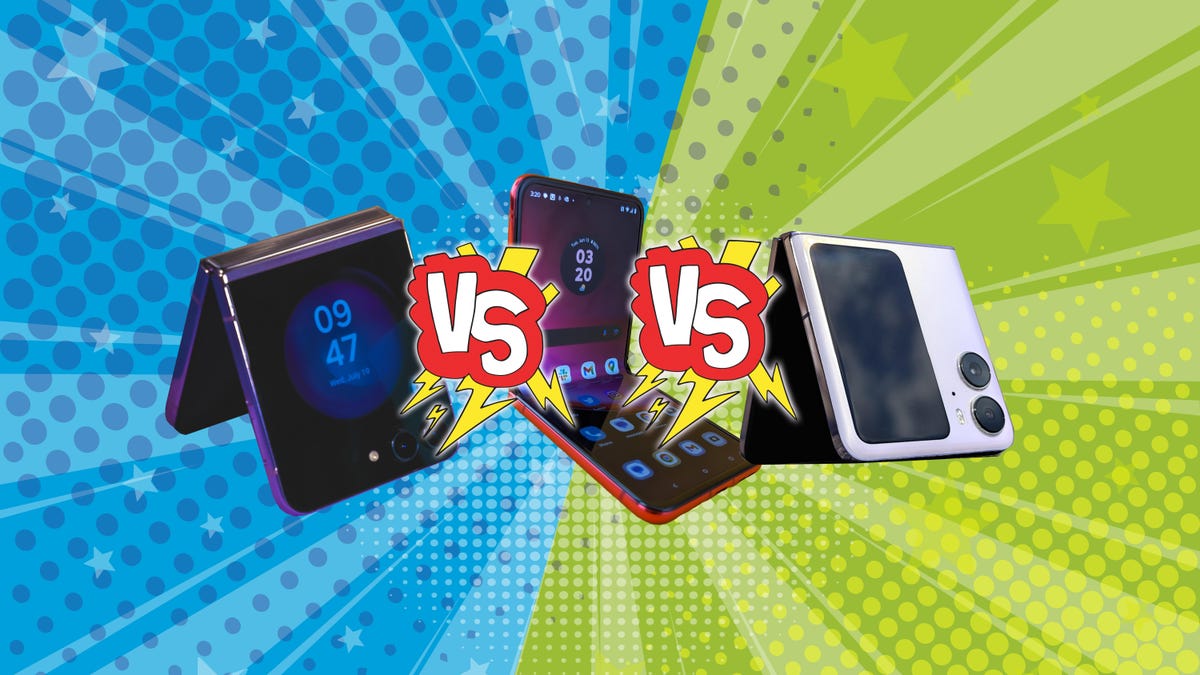
Flipping into the future
Clamshell-style phones have come a long way since the trendy gadgets first broke onto the scene in the late 1990s. Today large cover screens seem to be a design hallmark for fancy flip phones, with Samsung, Oppo, and Motorola all slapping a bigger display onto the front of their respective flippables. With that change this year, it’s hard to imagine a dramatic evolution of the flip phone design going forward — it seems to have reached a stable point.
«The hardware design and the focus on the larger cover screen is not expected to have a huge change at this stage, as there is a limitation from the hardware aspect, especially when considering that the phone battery’s shape is unlikely to have a significant breakthrough in the short term.» Wong said.
The flip phone has certainly regained its cool factor, but it still has hurdles to clear before becoming mainstream. Device makers will likely focus on bringing improvements to the software and durability of their products, key areas of concern for foldables. Samsung’s Galaxy Z Flip 5, for instance, has no official IP rating for dust, meaning it can’t withstand dust ingress apart from the hinge dusters brushing particles away. That’s a lot to overlook for a $1,000 phone. Flip phones will also have to compete with established smartphones in terms of performance, price and features (better cameras, for example).
«And that is why we saw Motorola launched both Moto Razr 40 (Motorola Razr 2023 in the US) and Moto Razr 40 Ultra (Motorola Razr Plus), which is a dual-track strategy to attract consumers with lower budget,» Wong added.
Meanwhile, the Galaxy Z Flip 5 and its flippable rivals can enjoy their moment in the spotlight. They may not fully replace regular candy bar-shaped phones anytime soon, but they certainly offer a unique and nostalgic experience for those who appreciate their charm.
Flip phones are back, and it’s their time to shine.
Technologies
These Anker Earbuds Are Down to $57 — and Even Amazon Couldn’t Resist Matching the Price
Grab yourself a solid pair of earphones that offer excellent noise cancellation and battery life.
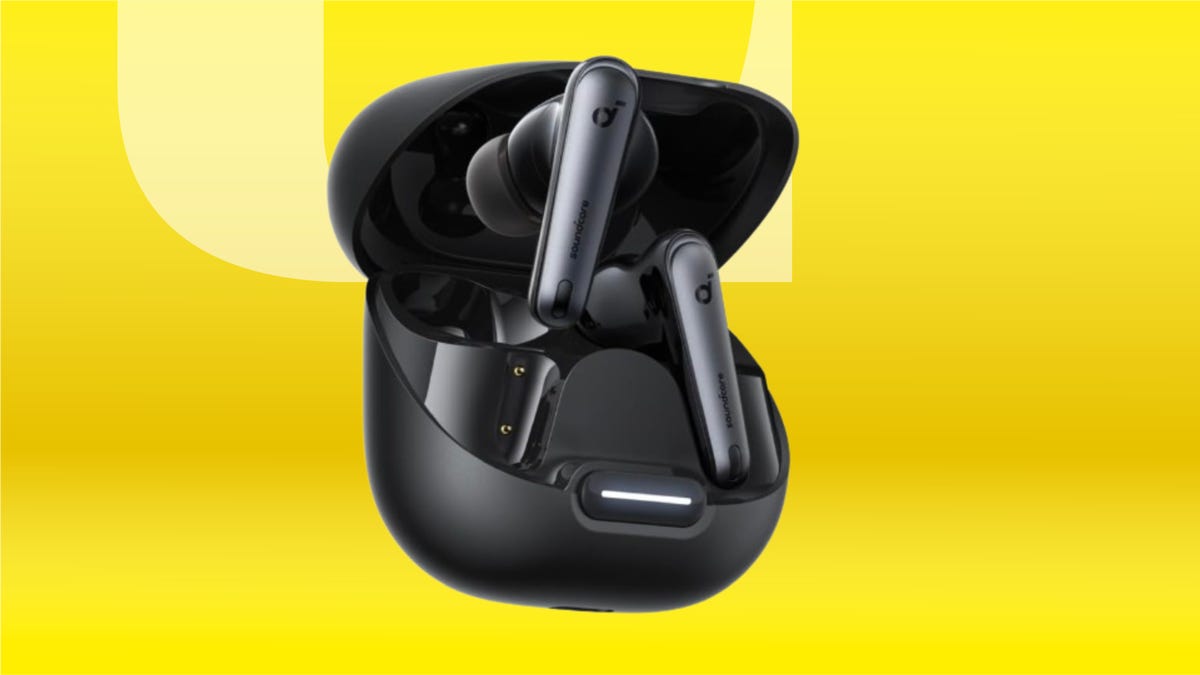
There are plenty of earbud options out there, but finding the right ones for you can feel nearly impossible as a result. But if you’re after some of the best noise-canceling wireless earbuds and you’d like to save some money, we might have the answer for you.
Best Buy is running a one-day sale on the excellent Anker Soundcore Liberty 4 NC earbuds, knocking the price to just $57 — which matches the lowest price we’ve seen yet. And Amazon’s price-matching. With a 43% discount, now’s the time to grab a pair before this limited-time deal disappears.
These earbuds have 11mm drivers, as well as hi-res wireless, LDAC technology and adaptive noise canceling that should reduce noise from your environment by up to 98.5%, according to Anker. That means you can stay immersed in the music (or other content you love) regardless of what’s going on around you.
Plus, because they’re equipped with six mics, they offer good call quality, regardless of your environment. We found them comfortable, too, and loved the bass they put out.
Hey, did you know? CNET Deals texts are free, easy and save you money.
The Liberty 4 NC earbuds have an impressive battery life as well, offering up to 10 hours of playback per charge, with an additional 50 hours available with the charging case. And just 10 minutes of fast charging can get you up to four hours of playback. They’re also rated IPX4 water-resistant, so any inclement weather while you’re out shouldn’t cause these buds any harm.
Another great feature these earbuds offer is multipoint connection, which lets you connect to your phone and your computer at once, which is super convenient. That’s a lot of features for earbuds this affordable.
If you’re not totally sold on this model, be sure to check out our roundup of all the best headphone and earbuds deals happening now.
HEADPHONE DEALS OF THE WEEK
-
$300 (save $51)
-
$299 (save $151)
-
$220 (save $180)
Why this deal matters
These excellent earbuds are now available at their record-low price. Best Buy is limiting this discount to a one-day sale, and we expect Amazon to end the deal around the same time, so be sure to grab a pair before this opportunity expires.
Join Our Daily Deals Text Group!
Get hand-picked deals from CNET shopping experts straight to your phone.
By signing up, you confirm you are 16+ and agree to receive recurring marketing messages at the phone number provided. Consent is not a condition of purchase. Reply STOP to unsubscribe. Msg & data rates may apply. View our Privacy Policy and Terms of Use.
Technologies
The Apple Watch Ultra 3 Just Got Its First Proper Discount, but It Won’t Last Long
The latest rugged smartwatch from Apple is yours for just $700 right now.
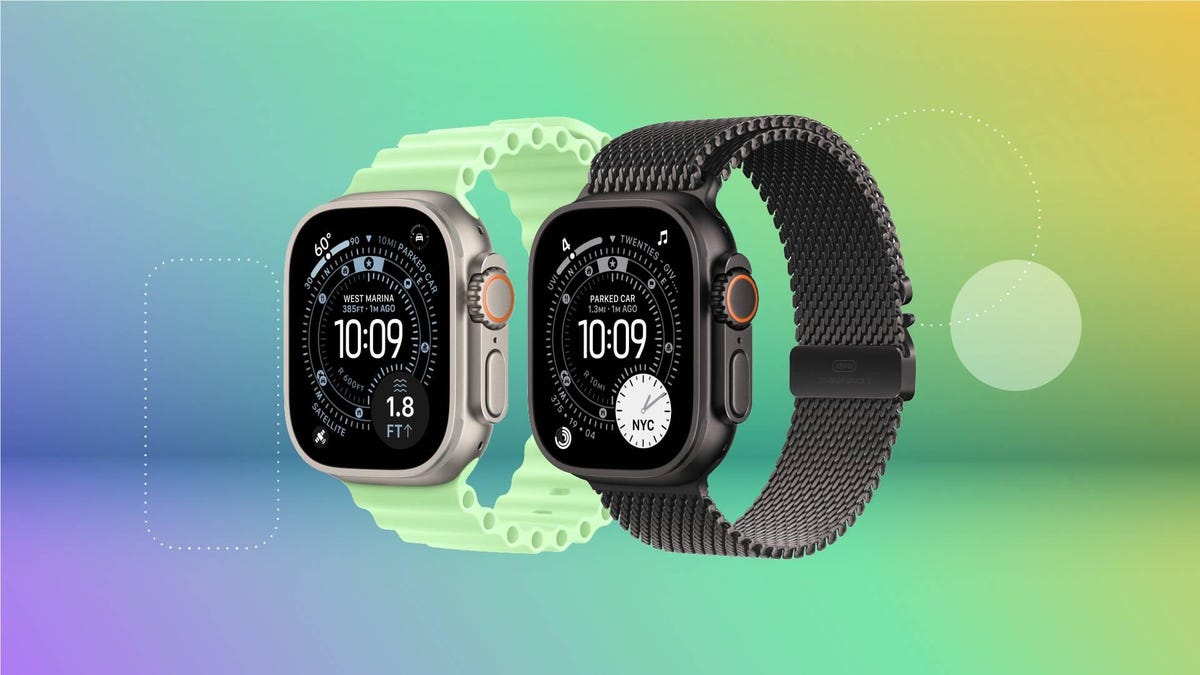
The Apple Watch Ultra 3 has only been on sale for a few weeks, but it’s already available for its first real discount. Getting one of the best smartwatches money can buy isn’t going to be cheap, but this deal saves you $99 off the usual asking price. But be warned, we don’t expect this early Black Friday deal to last long.
The result? You’ll pay just $700 for your new Apple Watch Ultra 3, with a couple of colors and band combinations available. These prices often fluctuate, so we suggest checking out all available pairings before placing your order. Apple Watch Ultra 3 deals are likely to come and go quickly.
All Apple Watch Ultra 3 models come with cellular modems inside so you can connect them to your carrier — assuming it supports the Apple Watch’s eSIM. That’ll allow you to stay connected even when you don’t have your iPhone with you.
Hey, did you know? CNET Deals texts are free, easy and save you money.
The Apple Watch Ultra 3 comes in a large 49mm size, so it’s easy to read. Despite that huge display, Apple Watch Ultra 3 owners can expect long-lasting battery life. In fact, the Apple Watch Ultra 3 can run for up to 42 hours in normal mode and a whopping 72 hours in its low-power mode.
This being an Apple Watch, it comes with all of the usual health and fitness monitoring features, as well as sleep tracking. It can monitor your heart rate, track your progress thanks to its precise dual-frequency GPS, and do a whole lot more.
If the standard Apple Watch models can’t quite live up to your busy, active lifestyle, this is the model for you. Be sure to order your new smartwatch before this deal expires.
SMARTWATCH DEALS OF THE WEEK
-
$329 (save $100)
-
$200 (save $100)
-
$200 (save $100)
-
$500 (save $150)
Why this deal matters
The latest Apple Watch Ultra 3 is the best of its kind. It has a new display that’s designed to be easier to read and has an impressive battery life. It isn’t the cheapest smartwatch on the market, but if you want the best that Apple has to offer, now is the time to place your order — before this deal ends.
Looking for savings on other models? Check out all the best Apple Watch deals happening now.
Join Our Daily Deals Text Group!
Get hand-picked deals from CNET shopping experts straight to your phone.
By signing up, you confirm you are 16+ and agree to receive recurring marketing messages at the phone number provided. Consent is not a condition of purchase. Reply STOP to unsubscribe. Msg & data rates may apply. View our Privacy Policy and Terms of Use.
Technologies
Here’s the Best Time to Spot November’s Supermoon, the Brightest Moon of 2025
Does the moon look brighter and bigger? It’s not just you — here’s why this month’s supermoon is even more super.

November is a great month for skygazers, featuring a trio of meteor showers and the return of the northern hemisphere winter constellations. This week, it also features the second of four consecutive supermoons. This month’s supermoon will happen on Nov. 4-5, and November’s beaver moon is special because it’ll be the brightest full moon of 2025.
Don’t miss any of our unbiased tech content and lab-based reviews. Add CNET as a preferred Google source.
In addition to being a supermoon, November’s full moon is known as the beaver moon. There is some debate as to why it was named this way. Some believe that this was the best time of year in the old days to set beaver traps to get pelts for winter clothing. Others believe that it coincides with the busiest part of the year for beavers, who are now stocking their lodges with supplies for the upcoming winter.
The brightest supermoon: When’s the best time to see it?
The moon will reach peak illumination at 8:19 a.m. ET on Nov. 5, making the evening of Nov. 4 and the morning of Nov. 5 the best times to view the moon.
Since moon phases shift slowly, the moon will appear almost full for nearly a week. If you are unable to view the full moon on its best night due to weather or other reasons, you can still see a mostly full moon at any point from Nov. 3 to Nov. 8.
For all of those days, the moon will be measurably brighter in the night sky compared to any other full moon in 2025. The reason for this is because of the moon’s elliptical orbit. Since it’s not a perfect circle, the moon’s 27.3-day journey around the Earth brings it closer to us on some days, a phenomenon known as perigee. If there is a full moon during this time, it’s branded as a «perigean full moon,» which you may know better as a supermoon.
Not all supermoons are equal, and November’s will be a little more special than others. According to The Farmer’s Almanac, the beaver moon will be a scant 221,817 miles away from Earth, making it the closest full moon of the year. That means it’ll be the biggest and brightest of the year.
In practice, the differences are fairly minor and likely won’t be visible to the naked eye when compared side by side to other supermoons. A supermoon is only about 7% larger than a regular full moon. According to NASA, the biggest difference is when comparing a supermoon to a micromoon, where a supermoon will be about 14% larger and 30% brighter. So, if you notice that your backyard patio is lit up more than usual, it’s because of the supermoon.
Also due to the moon’s orbit, November will also bring a micro new moon, which means the moon will be as far away from the Earth as it can get — a phenomenon known as apogee. November’s new moon occurs on Nov. 20, but you won’t be able to see it.
-

 Technologies3 года ago
Technologies3 года agoTech Companies Need to Be Held Accountable for Security, Experts Say
-

 Technologies3 года ago
Technologies3 года agoBest Handheld Game Console in 2023
-

 Technologies3 года ago
Technologies3 года agoTighten Up Your VR Game With the Best Head Straps for Quest 2
-

 Technologies4 года ago
Technologies4 года agoVerum, Wickr and Threema: next generation secured messengers
-

 Technologies4 года ago
Technologies4 года agoBlack Friday 2021: The best deals on TVs, headphones, kitchenware, and more
-

 Technologies4 года ago
Technologies4 года agoGoogle to require vaccinations as Silicon Valley rethinks return-to-office policies
-

 Technologies4 года ago
Technologies4 года agoOlivia Harlan Dekker for Verum Messenger
-

 Technologies4 года ago
Technologies4 года agoiPhone 13 event: How to watch Apple’s big announcement tomorrow
